Those last few days in June, we could see Barcelona’s shape in the distance. The three chimneys from the old power plant. The slanted roof of the Forum. The towers from the Olympic village. The long stretch of beach reaching to the glass sail that is the W hotel. The blue of the Mediterranean that always stirs a “Come to me” invitation somewhere deep in my being.
Our long walk home, which started on 16 January 2016, ended on 29 June 2019. After about 955 days en route (not including three extended breaks)—walking on roads, next to farmlands and rice paddies, in mountain forests, alongside different seas, through desert nothingness, and across chaotic overpopulated cities and tiny quaint villages—we finally put down our 22-kilo backpacks and looked at our lives, once again, with appreciation and gratitude. We had a crazy idea that took seed in 2013, and now, with lots of determination, persistence, patience, and open-mindedness we crossed some 16,000 kilometers and 21 nation/states in Asia and Europe.
Barcelona, along with about 25 friends and family, greeted us with all of her wonder, diversity, and style. We slipped into the familiar back alleys of the Born and Barri Gotic neighborhoods and enjoyed the wide sidewalks of the Eixample, stretching our arms with the satisfaction, embracing a feeling of welcomed back into a city we love.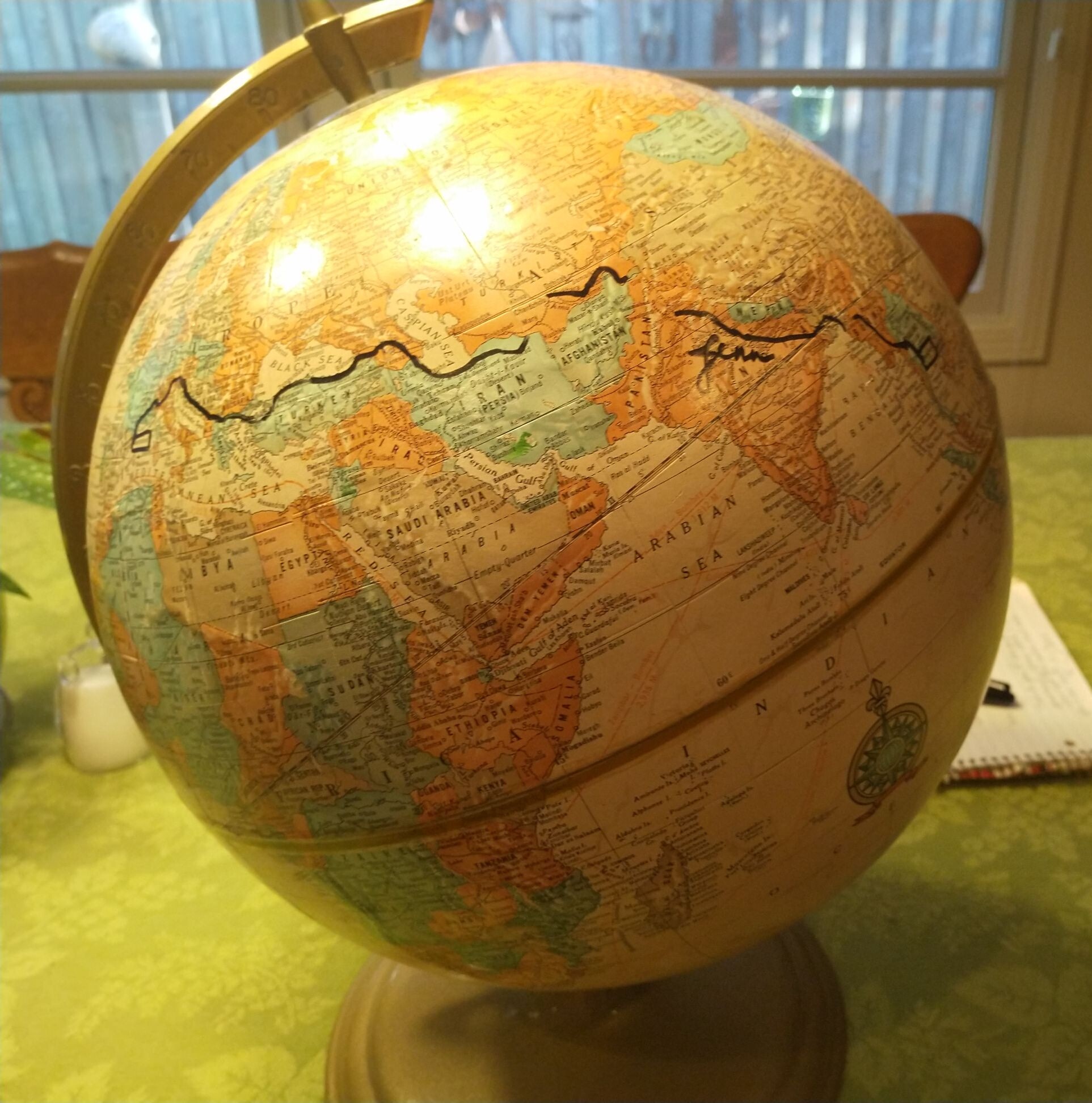
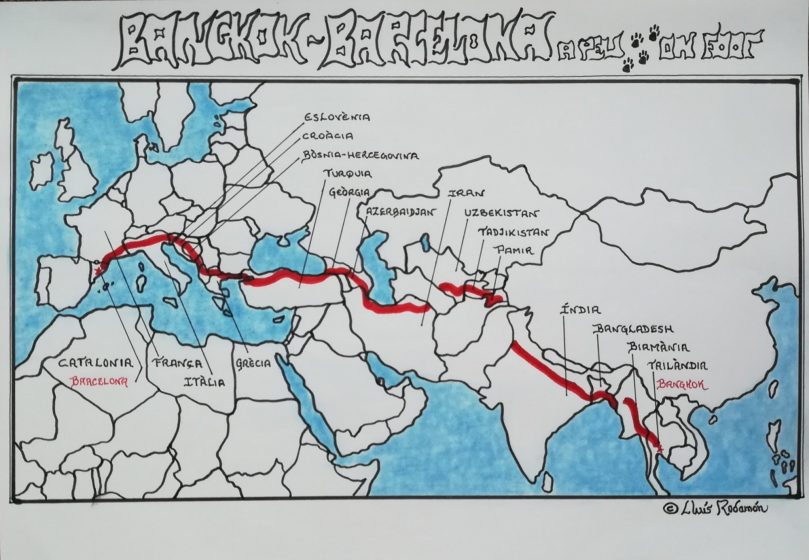 Ten days later, I left Barcelona. While the blaring sirens and constant churning of bus engines, revving mopeds and whirring garbage trucks were enough reason for my escape, I had long-awaited reunions with other friends in family in New York City, New Jersey, and San Francisco, places I grew up in, lived in, and previously worked in.
Ten days later, I left Barcelona. While the blaring sirens and constant churning of bus engines, revving mopeds and whirring garbage trucks were enough reason for my escape, I had long-awaited reunions with other friends in family in New York City, New Jersey, and San Francisco, places I grew up in, lived in, and previously worked in.
Walking through those shadows of my past, however, hit me differently than I expected it would. Looping through the concrete caverns, I saw an urban grayness I hadn’t fully noticed before. I missed the sounds of birds singing, something I had tuned into consistently for nearly three years. The faint stench of urine and the unpleasant odor of grit and grime turned my stomach. I pulled out my little bottle of hand sanitizer and wiped away unknown microbes more frequently, something I only did once in a while when I went unshowered for days during our walking journey.
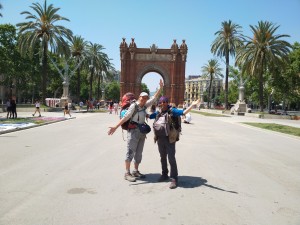 In a rush I could never have anticipated, I needed to pull away from cities, and all their urban-ness. Instead, I sought the protection of redwoods and pine trees and fog horns. I sat in a park and admired sparrows hopping from branch to branch. I sat in a friend’s kitchen and watched with utter awe caterpillars begin their chrysalis metamorphosis, and considered changing my flight so I could see them turn into butterflies.
In a rush I could never have anticipated, I needed to pull away from cities, and all their urban-ness. Instead, I sought the protection of redwoods and pine trees and fog horns. I sat in a park and admired sparrows hopping from branch to branch. I sat in a friend’s kitchen and watched with utter awe caterpillars begin their chrysalis metamorphosis, and considered changing my flight so I could see them turn into butterflies.
This long walk has changed my nature, once defined by the rhythm of cities, hurrying from Point A to Point B, barely noticing the beauty around me. Now, I enthusiastically touch and hug trees. I feed wounded animals and talk to stray dogs who follow us. I danceunder the full moon, unafraid of what people think. I learned to listen to the natural sounds around me that went unnoticed a few years ago: a little bird chirping, a big dog barking, a crow stepping on a hard plastic sunroof, the moment crickets and frogs stop singing in the middle of the night and the profound silence that comes in exactly that moment.
Months later, with leaves falling and signs of winter approaching, I’m still trying to make sense of what my footprints have cast on my own life.
I’m haunted by the challenging question, “And, now what?”
For now, I have three manageable goals:
- Seek out quieter places
- Nurture my relationships with birds
- Continue exploring and sharing what I have learned
To the first point, Lluís, my life and walking partner, and I have chosen to move away from Barcelona, his native city and my adopted one. The negative impact noise has on us post-walk continues to surprise us. It’s like our bodies no longer can bear the vibration of millions of people and machines. The nature of cities has darkened our willingness to be a part of them, at least for now.
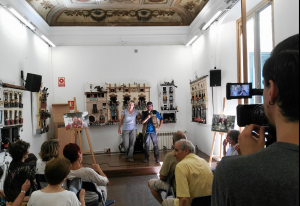 Today, we are growing accustomed to a more serene lifestyle about an hour away from the city, in a town of 40,000 people. We walk through vineyards a few hundred meters from our house, and buy vegetables from nearby farmers who haul their goods in for Saturday’s vibrant market. I will soon have a few liters of olive oil made by a neighbor who after spending hours teaching children cares for her grove of old olive trees.
Today, we are growing accustomed to a more serene lifestyle about an hour away from the city, in a town of 40,000 people. We walk through vineyards a few hundred meters from our house, and buy vegetables from nearby farmers who haul their goods in for Saturday’s vibrant market. I will soon have a few liters of olive oil made by a neighbor who after spending hours teaching children cares for her grove of old olive trees.
In our corner of the world, a few weeks ago, I dashed out to our backyard to watch swallows and bats dive at dusk; I set an alarm on my computer to make sure I didn’t miss those best moments of the day. A few minutes ago, I stood at one of our windows, sipping tea, fascinated by sparrows and magpies, the ones who stay for winter. I feed them sunflower seeds, corn meal, oats and other seeds I bought from the local seed shop. I’m reading about their habits, and am eager to make my yard a place where they want to stay, a place where they feel comfortable, and safe.
To have a justifiable reason to breakaway from the monotonous task of sitting (or often in my case, standing) behind a computer screen for hours on end, I have signed up for an online sketching class so I can begin to draw birds, trees and flowers, things that now matter a great deal to me. When I tell people I want to have a deeper relationship with birds, they chuckle in that curious way they do when they find something strange but interesting. I try to impress on them that we all need to start having deeper relationships with birds to heal ourselves and the planet. They nod, but I don’t think they fully understand. I get it. I didn’t feel so strongly about this years ago before our walk. Our version of a pilgrimage for thousands of kilometers for months and years created this responsibility in me, and now compels to actively seek comfort from our animal and plant friends. I don’t know why. It just does.
Discovering and sharing the lessons we have consciously and unconsciously learned during this rather unique foot journey is still part of our work. It’s a different kind of journey, and conversation we hope to lead or, at least, encourage.
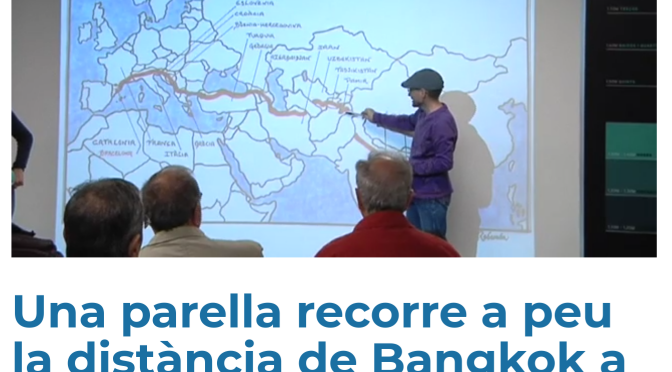 To that end, as we ponder the idea of writing a book or taking on some other creative venture, we have sought out and have been invited to speak at libraries, social centers and university classrooms. Our story was picked up by local newspapers, television programs and radio shows. Individuals have come up to us while we were walking down the street of our friendly town, asked us to sit down with them, and, over a coffee, explain the highs and lows of traveling as a couple for such an extended amount of time through parts of the world they didn’t know anything about. It’s flattering, but more, it seems to point to the hope that people so desperately want to have.
To that end, as we ponder the idea of writing a book or taking on some other creative venture, we have sought out and have been invited to speak at libraries, social centers and university classrooms. Our story was picked up by local newspapers, television programs and radio shows. Individuals have come up to us while we were walking down the street of our friendly town, asked us to sit down with them, and, over a coffee, explain the highs and lows of traveling as a couple for such an extended amount of time through parts of the world they didn’t know anything about. It’s flattering, but more, it seems to point to the hope that people so desperately want to have.
In a world where people are becoming increasingly afraid and hateful of “those other people” and the political objective in most places seems to be a deliberate attempt to keep people divided, Lluís and I offer a different perspective: All those years ago, we set out to find goodness in the world, and we found so much of it everywhere. The best thing is that we didn’t have to look so hard to find it. It’s often right there, if you’re willing to see it.
On this note, with a heartful of gratitude, I thank each of you, readers and supporters of The Nature of Cities, for following our journey. Thank you, David Maddox, TNOC founder and editor, for believing in our trek through cities we had never before heard of until we walked through them and for giving us a space to share our evolution from city dwellers to Earth dwellers.
Although the actual walking part of the adventure has ended, we are still writing stories on our blog, http://bangkokbarcelonaonfoot.com/, and posting occasionally on Instagram, @bangkokbarcelonaonfoot.
Jennifer Baljko
Barcelona

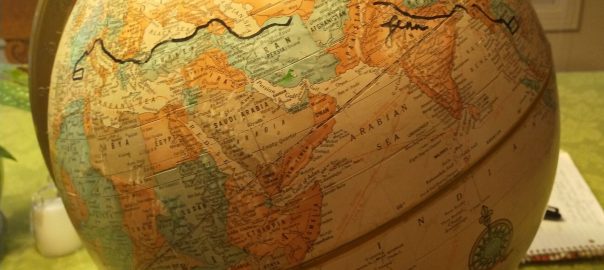






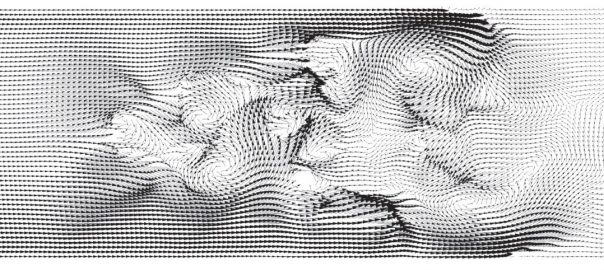
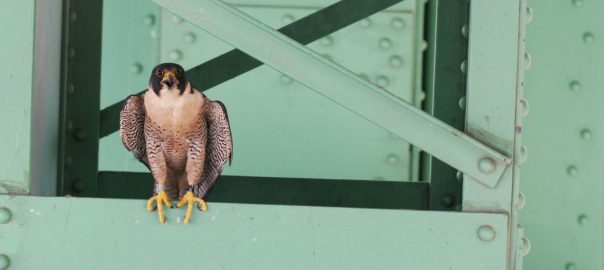
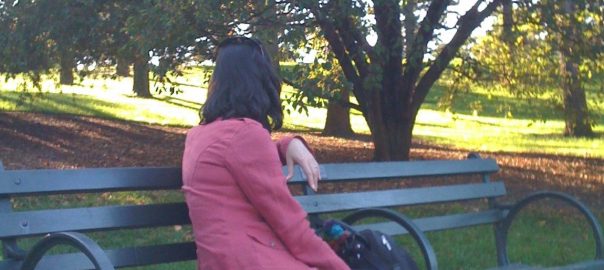
Add a Comment
Join our conversation